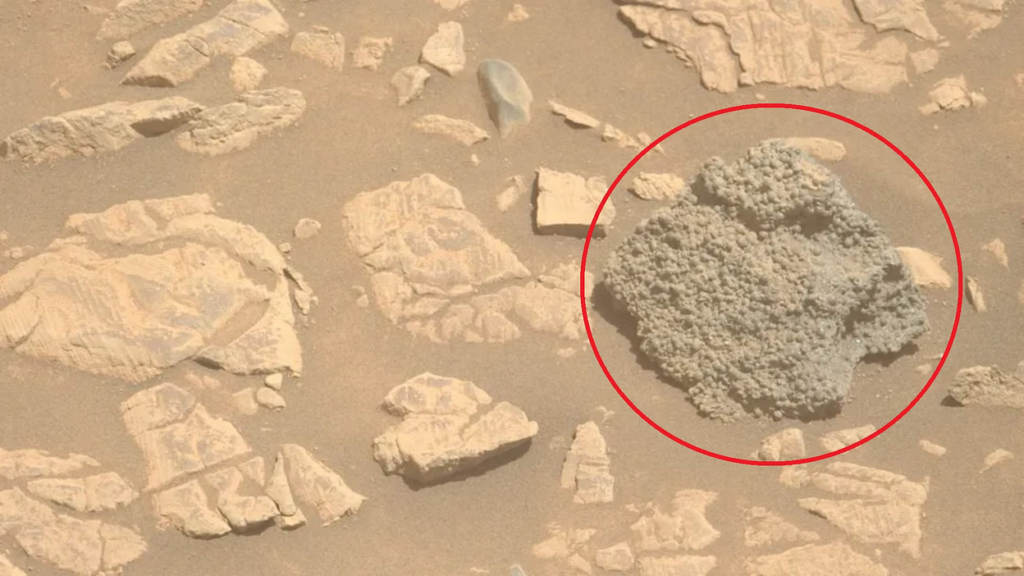‘Spider eggs’ seen on Mars, NASA’s discovery stunned everyone, the mystery shook everyone!

a
The box of mysteries of Mars has opened once again and this time NASA’s Perseverance Rover saw something that stunned the scientists. On the slope of the Witch Hazel Hill of Jezero Crater, the rover saw a shape resembling spider eggs. They could not understand how these eggs reached there? However, after looking carefully, it was found that these are strange stones, which look like a cluster of hundreds of spider eggs. There is a light layer of red sand on this stone and it looks completely different from the things around it. The NASA team has named it “St. Paul’s Bay”, but its structure and presence has confused everyone. According to NASA, it is a “float rock”, that is, it was not made where it was found. This means that this stone came here from somewhere else, but how and from where, this is still a mystery, which has shaken everyone.
The necessary clues to understand its strange structure are missing. Scientists say the rock moved from its original location to reach here, and its journey could reveal the geological story of Mars. Was it formed by a meteorite impact? NASA speculates that a meteorite may have vaporized Martian rocks, which cooled and turned into these tiny granules. If so, the rock may have come from far from its birthplace and could explain how meteorites move material around on Mars. Another theory is that the rock may have rolled down Witch Hazel Hill. NASA has observed from space that the hill has some dark layers. If St. Paul’s Bay came from one of these layers, it could tell scientists what those layers are made of. Is it volcanic ash? A mark of an old meteorite strike? Or was there ever groundwater here? If the rock’s chemical makeup matches those layers, a new chapter in Mars’ history could open up.
Let us tell you that this stone tells the story of the changing face of Mars. Its structure and even its journey reflect the complex play of water, rocks and geological forces. This is a big question for scientists whether there was ever life on Mars? If groundwater was ever present on Witch Hazel Hill, then fossils of microorganisms can be found in the samples collected by Perseverance. NASA’s Mars Sample Return Mission, which is planned in the 2030s, will bring these samples to Earth, where they will be studied in depth. Stones like St. Paul’s Bay are a gold mine for scientists. They not only help in understanding the past of Mars, but also tell why this red planet is the way it is today. Was this stone formed by the impact of a meteorite? Is it the remains of a volcano? Or is it evidence of the presence of water? Every answer brings the mysteries of Mars one step closer. This discovery of Perseverance has become a topic of discussion on social media, and people are surprised to see this strange stone.







